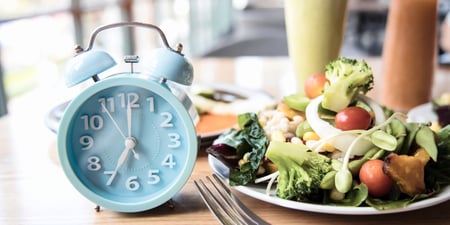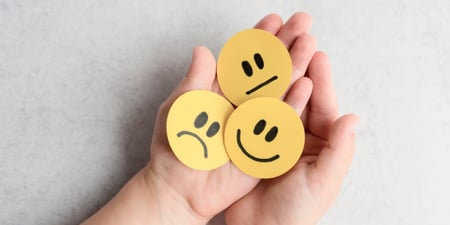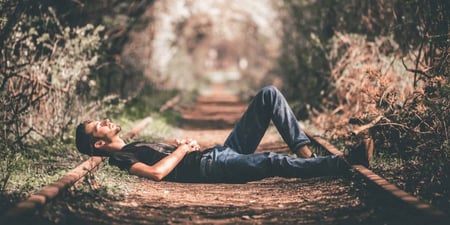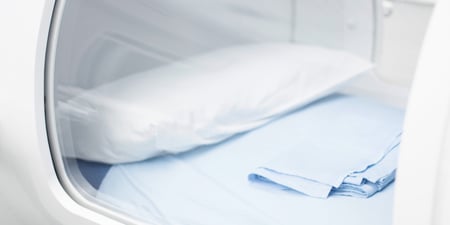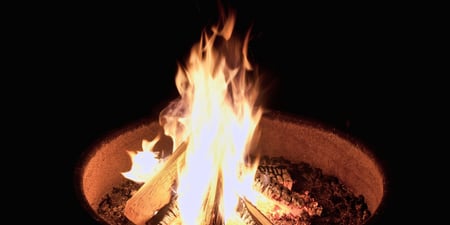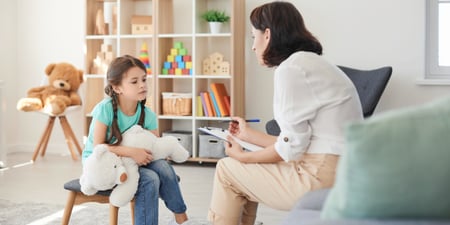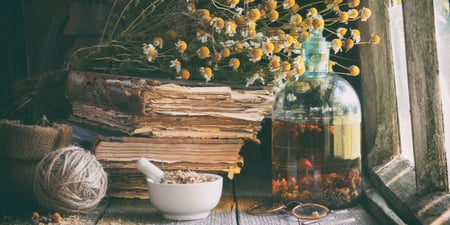Result for ‘massage’ in Therapies
52 items
...massage, joint manipulations, and herbal remedies to detect and correct imbalances. This practice is not merely a physical intervention but is enriched with spiritual rituals and diagnostic techniques rooted in Filipino culture. For instance, some manghihilot perform the suob ritual—a form of aromatherapy under a cloak—to cleanse negative energies and promote healing.
Engaging in Hilot can lead to:
Physical Relief: Alleviating musculoskeletal pains, sprains, and tensions through targeted massage and manipulation[2].
Emotional Balance: Incorporation of spiritual practices aims to harmonize emotions, reducing stress and anxiety.
Cultural Connection: Participating in Hilot allows individuals to connect with Filipino heritage, preserving ancestral wisdom and practices[3].
While Hilot is deeply rooted in tradition, its therapeutic benefits have garnered attention in contemporary wellness circles[4]:
Holistic Healing: Hilot addresses the person as a whole, considering the interconnectedness of body, mind, and spirit.
Personalized Care: Each session is tailored to the individual's specific needs, with practitioners employing various diagnostic methods, such as pulse reading and body heat assessment, to identify imbalances.
Integration of Natural Remedies: The use of indigenous herbs and natural oils complements manual therapies, enhancing the body's innate healing processes.
Scientific exploration into Hilot is ongoing. A study published in the International Multidisciplinary Journal of Excellence delved into the transformation of Hilot from traditional practice to contemporary wellness therapy, highlighting its enduring relevance and adaptability[5]. A typical Hilot session is a deeply immersive experience that blends physical therapy with spiritual cleansing[6]:
Consultation: The session begins with a discussion of the client's health history and current concerns.
Assessment: The manghihilot employs traditional diagnostic techniques, such as palpation, pulse reading, and observing body heat variations, to identify areas of imbalance or tension.
Therapeutic Intervention: Based on the assessment, the practitioner applies a combination of massage...
...massage and recommendations about exercise [19] and nutrition, as well as spinal adjustments.
A chiropractor performs an adjustment by delivering a swift and carefully...
...massage table or mattress[11], that conducts audible vibrations directly through the body. In support of traditional practices, it is reported that meditation accompanied by...
...massage and acupuncture. It is also incorporated as part of Western disciplines such as physiotherapy[7]. In Australia, acupuncturists must be registered with the Australian...
...massage, and activities which incorporate gentle exercise, such as tai chi, practitioners aim to correct qi imbalances and disruptions which are believed to cause ill health.
Popular treatments associated with TCM
Acupressure is a needle-free method of using fingertip pressure to stimulate key acupuncture points[7] along the body’s meridians.
Acupuncture involves the insertion of extremely fine needles into the skin[8] at prescribed locations, with the aim of affecting the flow of qi through the body.
Chinese herbal medicines are intended to have a holistic effect on wellness and are often prescribed for preventing ailments, not only treating them;[9] some traditional preparations also include animal extracts and mineral ingredients.
Chinese massage (tui na), possibly one of the oldest forms of massage...
...massage table in a comfortable, quiet environment.
Practitioner’s Role: The practitioner does not physically touch the client but moves their hands around the body to interact with the energy field.
Client’s Experience: Individuals may feel sensations such as warmth, tingling, or subtle movements. Some report visual experiences or a deep sense of peace and relaxation.
Duration: Sessions are typically a one-hour appointment with 30 minutes on the
massage...
...massage technique used to balance the natural rhythms of the body[1]. Gentle, massage-like techniques are used to physically amplify the internal vibrations of the body. This is believed to have a profound healing effect on health.[2]
Samvahan is described as rhythmic, musical and meditative. Trained Samvahan practitioners ‘tune’ into the client’s body as if it were a musical instrument. By reading and working with the subtle vibrations, Samvahan practitioners identify areas of harmony or imbalance in the body. Healing Samvahan vibrations are then used to travel through these tissues, removing blockages and releasing the body’s natural healing rhythms.
Samvahan originated in India more than 2500 years ago, but was revitalised in the 1930’s by Dr. Ram Bhosle[3]. Inspired by knowledge about the vibrational energy of the universe, Dr Bhosle studied ancient texts of the Hindu religion to learn about vibrational healing. This led him to eventually spend six years in the Himalayas with other healers perfecting the Samvahan method that is practiced today.
Samvahan is the international website for clients, students and healers of Samvahan. Courses were taught worldwide by Dr. Ram Bhosle’s apprentice, Michael Trembath. These are open to massage...
...massage table or chair you may be on. Always communicate your concerns to your practitioner as they would want to address them and ensure you have a supportive session.
You may also feel a little ungrounded after a session, so it is always advisable to take your time to come off the massage...
...massage, with the overall intention of correcting imbalances and dissolving blockages of qi (vital energy).
The effects of some herbal medicines may be as potent as pharm...
...massage, acupuncture and other modalities.
It is important for you to clarify which type of cupping (wet or dry) your practitioner will use on you, and how much experience they have in this therapy.
To begin your cupping session, you will need to remove your clothing from the area where the cups will be placed. You will normally be given a towel or gown so you don’t feel exposed. If you are receiving wet cupping treatment, your practitioner will apply disinfectant to the area and use sterile, disposable equipment.[19] The practitioner will then apply the cups to acupuncture points along your body’s meridians (invisible energy channels), or myofascial trigger points[20]. The cups are usually left in place for approximately 10 minutes.
If you are receiving cupping massage, which is a variant of dry cupping sometimes called ‘mobile cupping’[21] or ‘slide cupping’, your practitioner will apply massage oil before placing the cups. They will then be able to glide the cups over your skin,[22] with an effect that is a little like the ‘opposite’ of massage...

